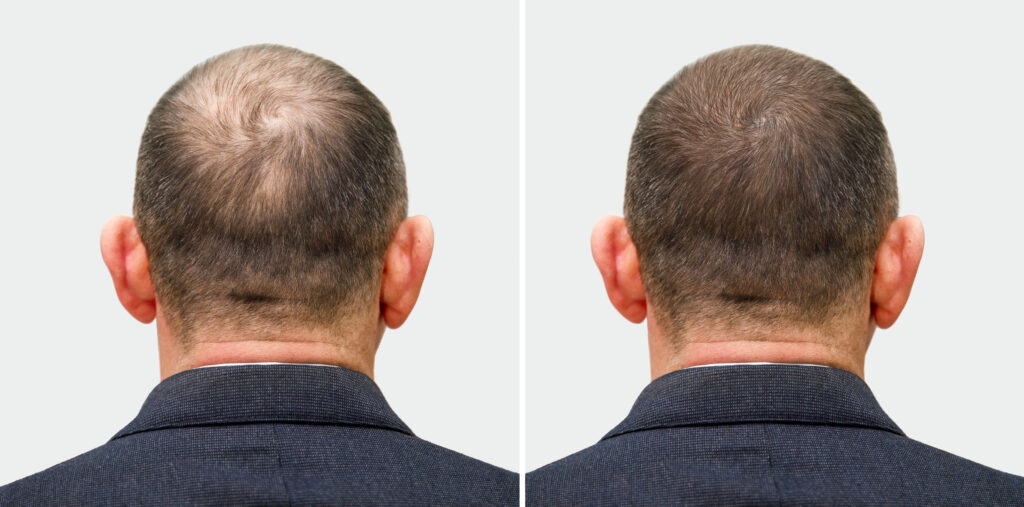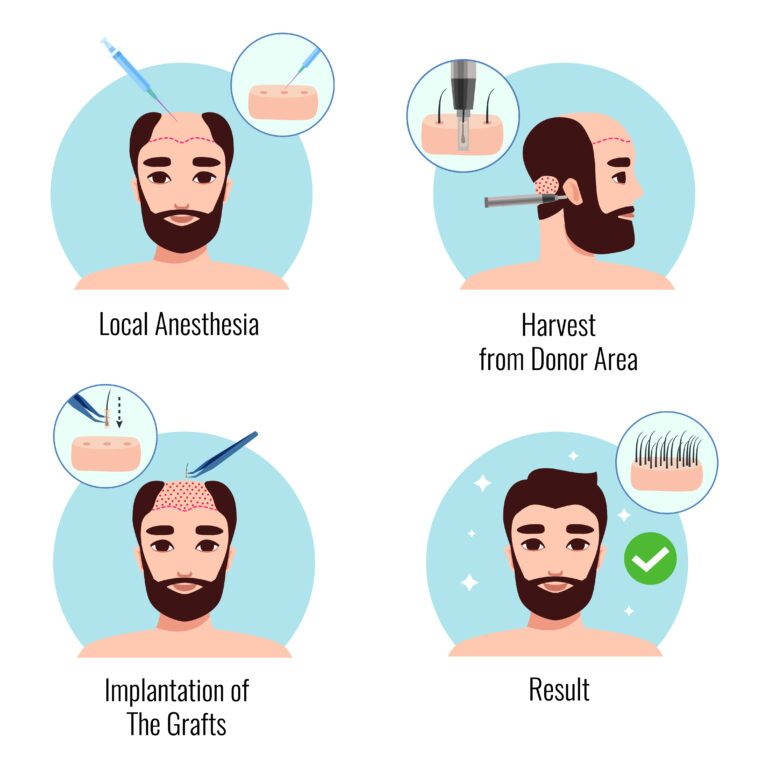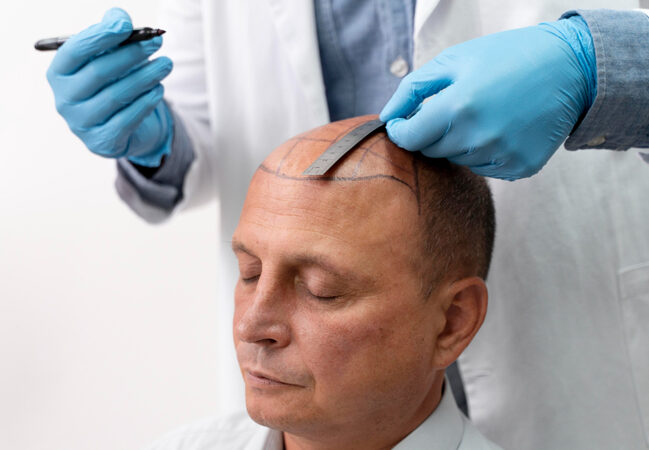Are you struggling with hair loss or thinning hair? If so, you’re not alone. Hair loss can be a distressing experience, affecting both your physical appearance and your self-confidence. But there is a solution that has been gaining popularity in recent years – hair transplant surgery. In this comprehensive guide, we will take you through everything you need to know about hair transplants.
From understanding the causes of hair loss to exploring the different types of hair transplant procedures available, we will provide you with all the information you need to make an informed decision. We will also delve into the pre- and post-operative care, potential risks and complications, and the expected results and recovery time.
Whether you’re considering a hair transplant for the first time or you’re already familiar with the procedure, this guide will serve as your go-to resource for all things hair transplant related. So let’s dive in and discover how you can reclaim a full head of hair and boost your confidence once again!
Understanding Hair Transplant Procedures
Hair transplant procedures have come a long way in the past decade, offering hope to those who thought they would never be able to have a full head of hair again. But before we dive into the details of the procedure, it’s important to understand what causes hair loss in the first place.
Hair loss can be caused by a variety of factors, including genetics, hormonal changes, and certain medical conditions. Understanding the underlying cause of your hair loss is crucial in determining whether a hair transplant is the right solution for you.
Hair transplant procedures involve removing hair follicles from one area of the scalp, known as the donor area, and transplanting them to the balding or thinning areas of the scalp, known as the recipient area. There are several different techniques used in hair transplant surgery, each with its own advantages and disadvantages.
The head of a balding man before and after hair transplant surgery. A man losing his hair has become shaggy. An advertising poster for a hair transplant clinic. Treatment of baldness

Different Types of Hair Transplant Techniques
The two most common types of hair transplant techniques are follicular unit transplantation (FUT) and follicular unit extraction (FUE). FUT involves removing a strip of skin from the donor area and then dissecting it into individual grafts. FUE, on the other hand, involves extracting individual hair follicles directly from the donor area using a small punch tool.
Both techniques have their own set of pros and cons. FUT is generally less expensive and allows for the transplantation of a larger number of grafts in a single session. However, it does leave a linear scar on the back of the head, which may be a concern for some patients. FUE, on the other hand, does not leave a visible scar and allows for a quicker recovery time. However, it is usually more expensive and may not be suitable for patients with limited donor hair.
The Hair Implant Process Step-by-Step
The hair transplant process typically begins with a consultation with your surgeon. During this consultation, the surgeon will assess your hair loss and discuss your goals and expectations for the procedure. They will also evaluate the donor area to determine the availability of suitable hair follicles for transplantation.
On the day of the procedure, you will be given local anesthesia to numb the scalp and ensure your comfort during the surgery. The surgeon will then remove the hair follicles from the donor area using either the FUT or FUE technique, depending on the agreed-upon plan. The grafts will then be carefully implanted into the recipient area, taking into consideration the natural hairline and pattern.
The duration of the procedure will vary depending on the number of grafts being transplanted, but it typically takes several hours to complete. After the surgery, you will be provided with detailed instructions on how to care for your newly transplanted hair and what to expect during the recovery period.
Recovery and Aftercare for Hair Transplant Patients
The recovery period after a hair transplant can vary from person to person, but most patients can expect some degree of swelling, redness, and discomfort in the days following the procedure. Your surgeon will provide you with specific instructions on how to care for your scalp and minimize any potential complications.
It’s important to avoid vigorous exercise, direct sunlight, and swimming for at least a week after the surgery to allow the grafts to heal properly. Your surgeon may also recommend medications or topical treatments to promote healing and prevent infection.
During the first few weeks after the surgery, you may experience some shedding of the transplanted hair. This is a normal part of the process and should not cause alarm. The implanted hair will gradually start to grow back within a few months, and you can expect to see significant improvement in the appearance of your hair within six to twelve months.
Success Stories and Testimonials from Hair Implant Patients

One of the best ways to gain confidence in a hair implant procedure is to hear from those who have already undergone the surgery. Success stories and testimonials from hair transplant patients can provide valuable insights into the results, recovery process, and overall experience.
Many patients report a significant improvement in their self-confidence and quality of life following a hair transplant. They often describe the procedure as life-changing, allowing them to regain a youthful appearance and feel more comfortable in their own skin. Reading these success stories can help you envision the possibilities and determine whether a hair transplant is the right choice for you.
Hair transplant surgery has revolutionized the treatment of hair loss, offering hope to those who have struggled with thinning hair or baldness. By understanding the causes of hair loss, exploring the different types of hair transplant techniques, and considering the factors involved, you can make an informed decision about whether a hair transplant is the right solution for you.
Remember, choosing a qualified and experienced surgeon is crucial for achieving optimal results. The recovery and aftercare process requires patience and diligence, but the end result – a full head of hair and renewed self-confidence – is worth the effort.
If you’re considering a hair transplant, take the time to research and educate yourself about the procedure. Talk to trusted professionals, read success stories, and weigh the potential benefits against the costs. With the right information and guidance, you can take the first step towards reclaiming a full head of hair and boosting your confidence once again.


